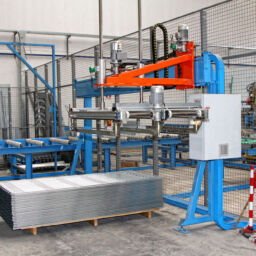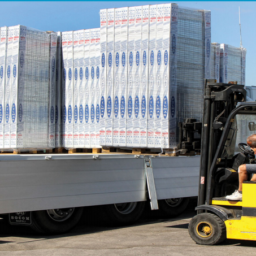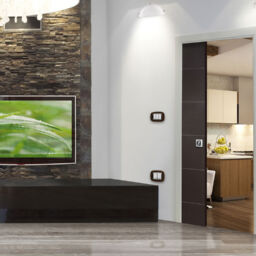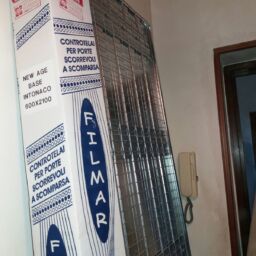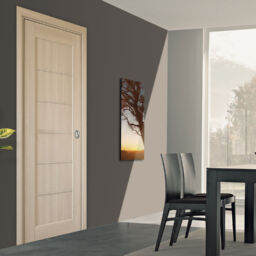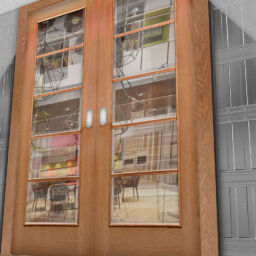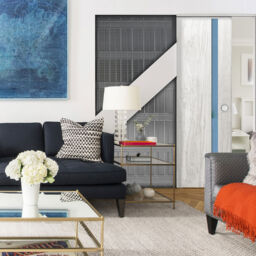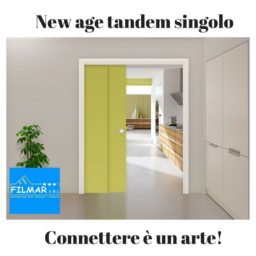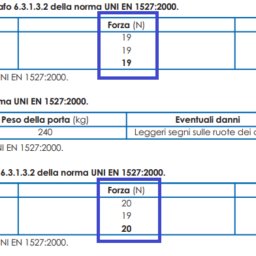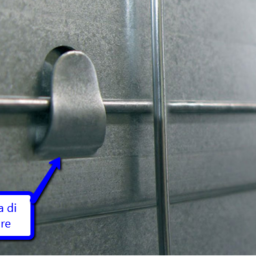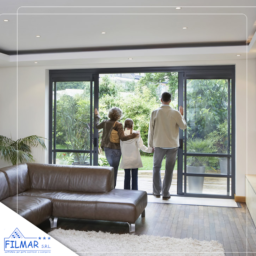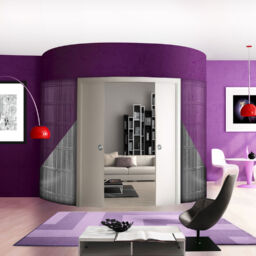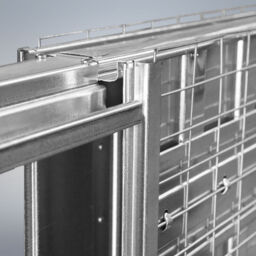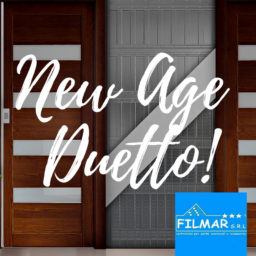When we talk about interior counterframes, you are not talking about a single product. We talk instead about countless opportunities to realize sliding doors’ counterframes, tailor-made to our customers.
Filmar, thanks to its innovative knowledge, offers different models of interior counterframes, both for drywall and plaster wall. However, it must be clear the difference between the two solutions.
It’s wrong to think that sliding doors’ counterframes keep the same features in room made of drywall or plaster: Filmar, instead, was able to create eleven different models of counterframes tailor-made for our customers and adaptable for both drywall or plaster rooms.
But what’s the difference between the two model of interior counterframes?
Sliding doors’ interior counterframes were born for masonry walls, so it was more common to find situation where you needed to adapt counterframes to plaster. Plaster, used today for aesthetic and protective purpose, is a useful material for coating masonry walls.
Over time, many customers made request to adapt sliding doors counterframes in drywall, a material made with white panels fastened by a metal frame. How to adapt this new solution to interior counterframes?
Filmar answer to this question creating, for every model, two versions for both drywall and plaster wall. As said before, drywalls are fastened by a metal frame that, inevitably, reduce the space available for the sliding door’s counterframe. Filmar, to address this problem, reduced the dimension of the counterframe, removing the door net, making the counterframes thinner. The door countertops, in fact, are tailor made by Filmar: the doors’ thickness never exceeds 40 mm.
In order to know this and many other proposed features, please consult the Filmar website where the public company, for the sake of clarity and transparency to our customers, provides the datasheets for all the eleven models.

